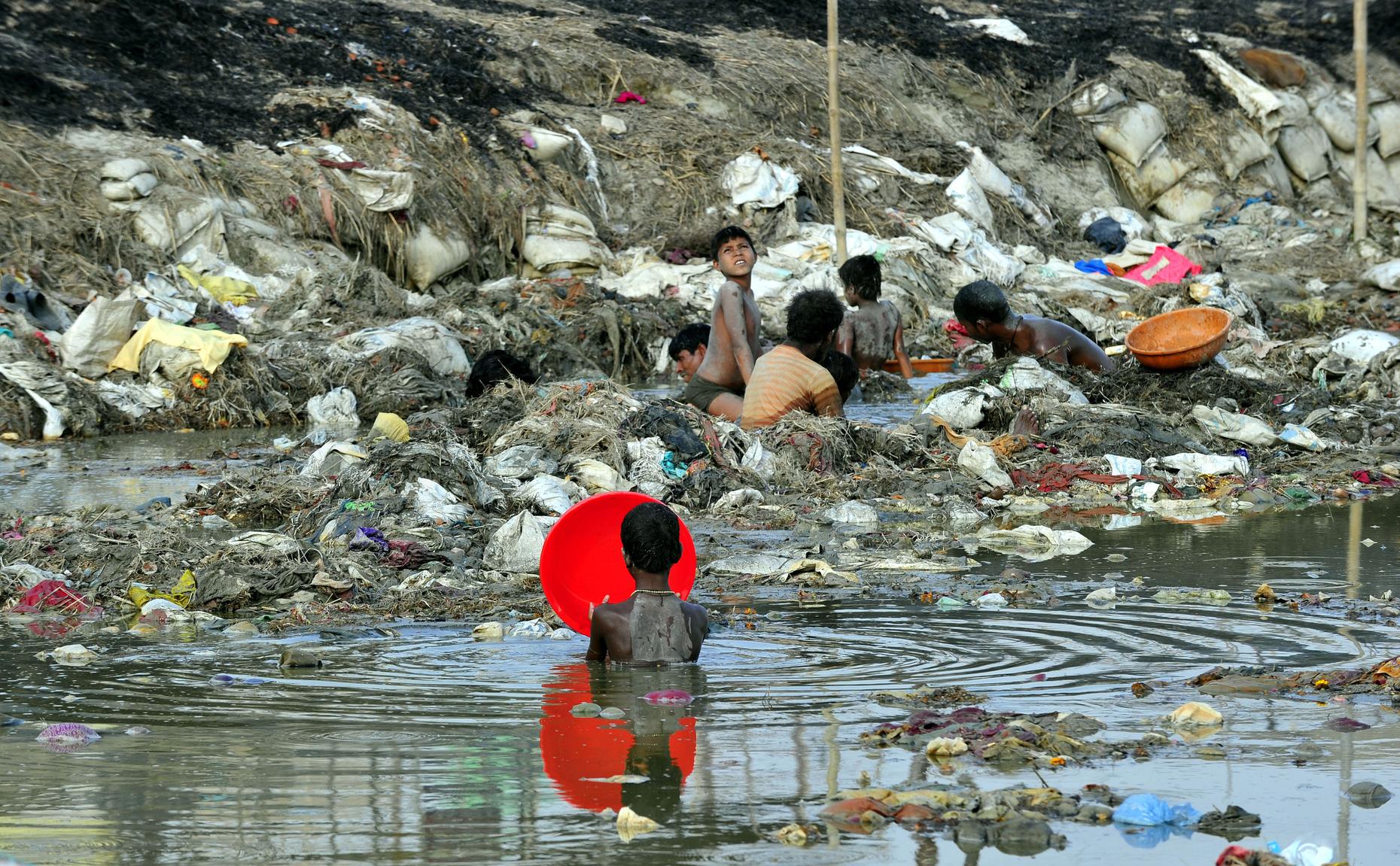Water is a critical natural resource. It is unfortunate, however, that the majority of the population in India does not have the privilege of having access to clean, drinking water. This is due to several factors which include corporate privatization, lack of government planning, government corruption, and industrial and human waste. If the government and the people of India continue to foster this behavior of not prioritizing the health of the citizens, it is predicted that in 2050, when the population is seen to surpass 1.6 billion, water scarcity will be at an all-time high.
The Indian government has made strides in combating this issue by implementing a whole new ministry known as Jal Shakti. Within this ministry, Indian prime minister, Narendra Modi, created a plan known as “Piped Water For All By 2024” which would tackle problems that involve ground and surface water depletion. Working alongside the government, international organizations such as We Are Water and Unicef have been heavily involved in tackling this crisis, mainly through the use of social awareness. The creation of documentaries has shed light on the water crisis to the extent that some villages are now bound to have adequate water supply and sanitation.

Image courtesy of WQXR.org
Nevertheless, there is still 1 in every 10 Indians that don’t get access to clean, drinking water. The Ganges River, which is the most important river in India and responsible for providing water to 400 million people, it’s considered to be one of the most dangerous and populated rivers in the world. With that being said, it is extremely important to acknowledge these issues and advocate for them because it is our duty and responsibility to use the resources we have and utilize them in a way that will benefit not just our country, but our world in the long run.
